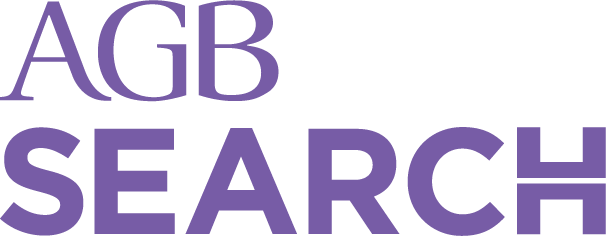
Opinions expressed in AGB blogs are those of the authors and not necessarily those of the institutions that employ them or of AGB.
At the beginning of any search, it is important to remember that the goal is not merely to appoint someone to the vacant position; it is to appoint someone to the position who will be a successful addition to the team and will thrive in this new opportunity. As such, the process used to identify, select, and integrate the new team member needs to include careful screening, thoughtful recruiting, and well-planned engagement of the community. In this way, the appointee will be set up for success with those who will be essential in moving the institution forward.
The challenge for institutions is ensuring sufficient community participation—which contributes to greater buy-in once the new leader is appointed—while respecting candidates’ concerns about confidentiality during the search process.
Engagement at the Start
Creating an early opportunity for community participation will pay dividends when the process nears its end. For example, community members can be invited to listening sessions (in-person or virtual) where they can describe what they believe are the important challenges, opportunities, and measures of success for the new leader. In many searches, we have also provided an anonymous survey, with the same questions asked in the listening sessions, that community members can complete. By offering these options, community members feel engaged in the search right from the start and are assured that their priorities for the position have been heard.
Engagement During Campus Visits
To provide candidates with an authentic experience of the campus community while maintaining some degree of privacy in the search, we recommend convening small groups of community representatives who meet with finalists and share institutional priorities and opportunities with them, as well as ask questions that pertain to academic or functional areas. For example, it has become increasingly common to invite five to 10 faculty members, perhaps elected by their peers, to meet with the candidates. Separately, a subset of department chairs might be invited as well. Finally, there might be an elected group of staff, a subset of the cabinet, one or more student leaders, and several trustees who would also meet with finalists.
All of these groups are then asked to provide feedback on the finalists (e.g., Where do you see strong alignment between this candidate and the position profile? What further questions do you have about this candidate’s ability to be successful at the institution?) via an electronic survey. These results can be anonymous and remain secure throughout the remainder of the search process. In many instances, community members who meet with candidates are asked to sign a nondisclosure agreement to maximize confidentiality at the finalist stage.
These meetings ideally would be held in an area of the campus (or adjacent to the campus) that is accessible to invited community members but limits exposure for candidates. Some candidates will be comfortable taking a campus tour. We recommend a student-led group tour to allow each candidate to participate with other individuals exploring the campus.
Closing Thoughts
During this time of significant turnover at all levels in higher education, institutions are well-served by conducting a search process that ensures candidates feel as supported and protected as possible while allowing the community to develop a clear understanding of the candidate’s ability to succeed at the institution. A modified open search can be an ideal way to accomplish these goals simultaneously and achieve a successful outcome to a leadership search.
Melissa Trotta, EdD, is the associate managing principal at AGB Search. Margaret (Peggy) Plympton, EdD, is a principal at AGB Search.
Additional Resources:
Transparency in Higher Education Presidential Searches
With Thanks to AGB Mission Champion: AGB Search



